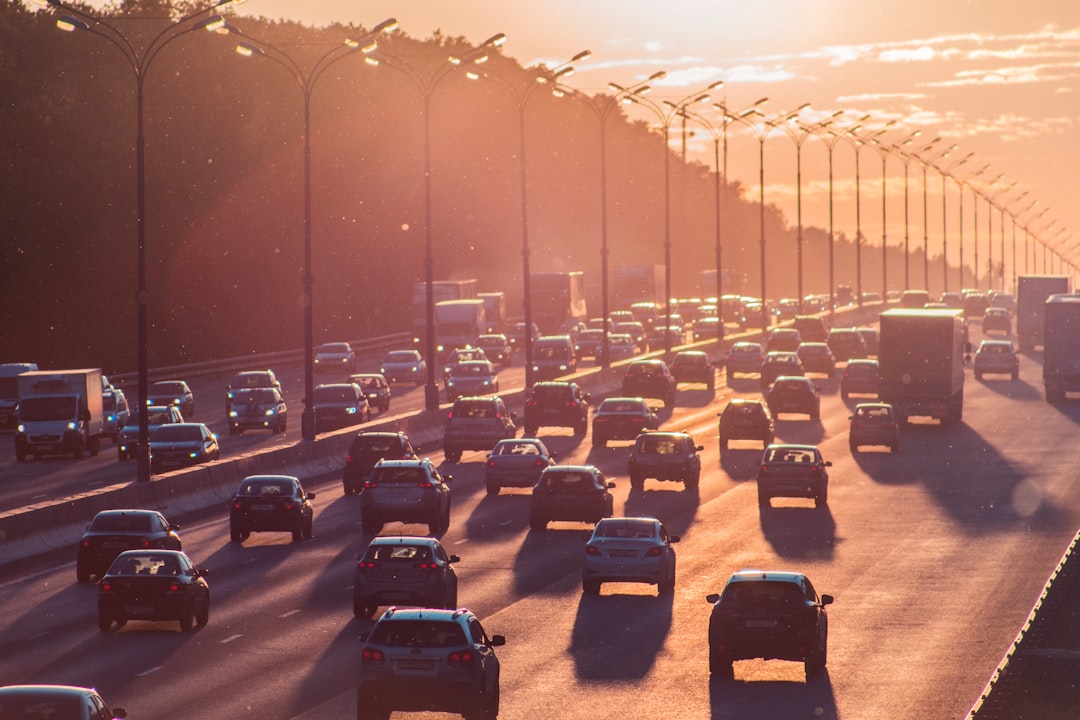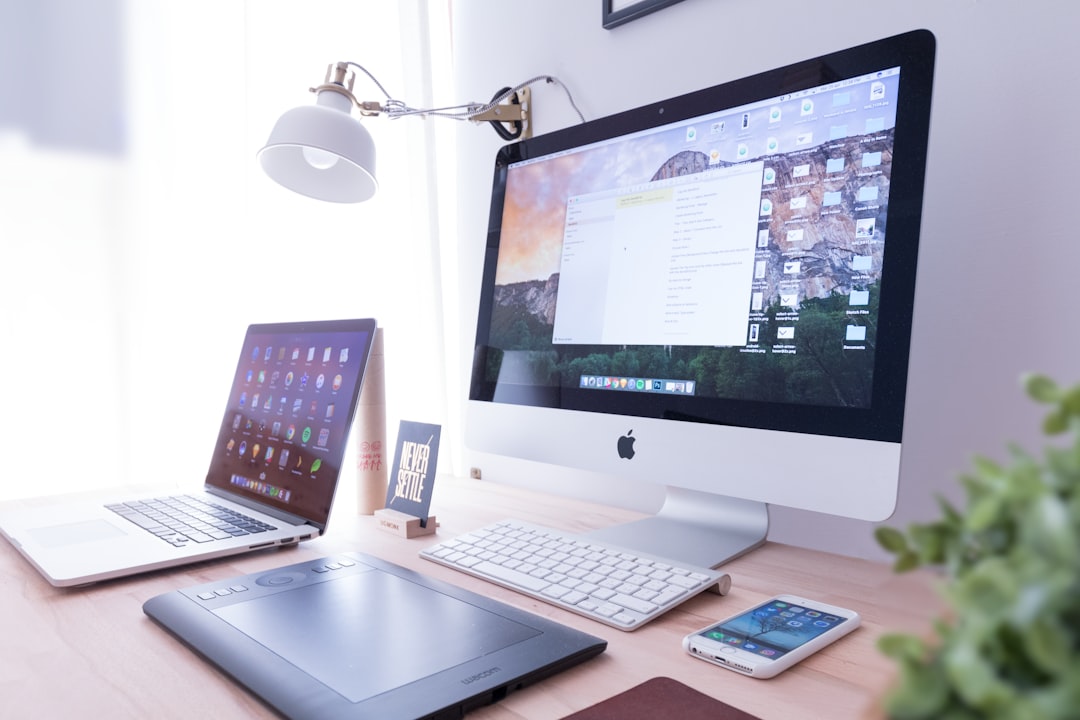Introduction
The concept of induced demand in traffic is familiar to those that nerd out over congestion in highways, public transportation, and city design. The idea is that once the government creates a new lane or corridor in your local road, there won’t be any reduction in the flow of cars. Instead, new vehicles will show up and clog the streets and lanes due to the newfound space. The cycle repeats as people complain about the traffic which leads local politicians to propose one more lane as a solution in turn creating more congestion and a wider road. It is a fascinating debate I’ve been following for the past few months that led me to place another piece in the puzzle of smartphones and digital minimalism.

Larger Screens
The first issue with smartphones and their detriment to a simple life is the increasing size of their screens. While foldable phones are part of the new trend, the average size of a smartphone screen has almost doubled in the past 10 years. At the beginning of the decade, touchscreen devices had about 3.5 to 4 inches of screen real state. They were manageable, pocketable, and usable with one hand. As the years progressed, however, manufacturers decided to make larger screens. They portrayed the increase as an advantage. Individuals could now be productive by responding to emails, signing pdf files, or using split screens. Yet, we all know how it ended. We use larger screens to consume all kinds of media, watch YouTube while we talk to our loved ones, or numb ourselves to sleep while doomscrolling on different apps.
Larger screens made it easier for us to consume content and stay “connected” at the same time. Manufacturers induced demand in the same way that flat-screen TVs allowed us to “share” the movie with a larger audience. Larger screens and slimmer bodies have created a void to fill the screen and present more opportunities for us to use our smart devices. In contrast, smaller screens present an inconvenient experience that prevents the delight of using AMOLED retina displays. Try watching a full-length movie on the Kyocera Dura XV Extreme+ and let me know how it goes.

Processing power
Smartphones have also advanced in their multitasking capabilities. As more processing power and storage are given to pocket computers, companies convince us of the opportunity of multitasking on our phones. These new chipsets, “14x faster than our previous generation”, now create smoother animations, more apps in the background, and seamless transitions that were not possible with older phones. Not only do they sell us the idea that more is always better, but also create a dependency on having more photos, videos, apps, and music on your phone. As with the solution to congestion on our streets, the answer rests with the transfer of usage, not the reliance on a single device.
Imagine your city in the following manner. Cars are a convenience, not a necessity. There is a rail system or bus that can frequently take you to shop for necessities. Trains can take you to your job and into tourist areas anywhere in your country. You can even bike if you want to take a nice stroll. It’s a holistic model that does not rely on making one method of transportation highlighted over the detriment of others. I know many traffic enthusiasts will say, “move to Amsterdam or any other European city that already has this”, but that’s not the point. The point is that we tend to build a network that only supports one kind of device or operating system.
The smartphone race continues and manufacturers will try to “enhance our lives” while increasing the amount of data collected to sell us more later on. They will create more apps and “conveniences” that will become frustrating norms for the world in which we live (I see you: QR codes). Thus, the more apps we have to rely on, the more usage will occur through smart devices.

So, what’s the solution?
For digital minimalists, my proposed solution is to not cave into any single device. Whether it’s a smartphone or laptop, relying on a single point to offer you all conveniences makes it harder to detach from the object. If your phone is all of a sudden your wallet, ID card, library card, grocery shopping device, food delivery service, music player, coloring book, video consumption machine, or workstation, how successful will you be in leaving it at home? The supply from our phones is an infinite loop, the answer to our crisis of digital addiction starts by saying no to the induced demand. Switching to single-purpose devices is a good idea, but it’s not the end of the story.
After saying no to a single device, simplifying our lives must follow. While it is natural for us to transfer usage to multiple devices, the answer does not lie in regressing in technological advancements. Rather, it is crucial to make life simpler and rely less on the network built around us. Instead of being tethered to screens, what about exploring our cities? Can we try to cut unnecessary tasks from work in order to be with our families? Should we listen to an album or sit in silence instead of watching the latest and greatest show on Netflix? Simplify and transfer are the two solutions I’ve arrived at so far. I hope to learn more as time goes by.
Thanks for reading this far and for your support! See you next time.



Using tools that are designed for the job is such a nicer way to live. The way I live I don't encounter qr codes but man, I'd fight those even if I had a smartphone. It's just so crazy to assume everyone can afford to and is willing to have a computer in their pocket!!